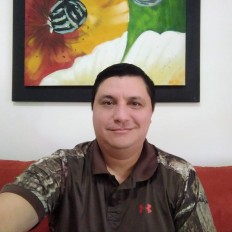Top species
- Canivet's Emerald (Cynanthus canivetii)
- Rufous Sabrewing (Pampa rufa)
- Emerald-chinned Hummingbird (Abeillia abeillei)
- Violet Sabrewing (Campylopterus hemileucurus)
- Blue-and-white Mockingbird (Melanotis hypoleucus)
- Brown-backed Solitaire (Myadestes occidentalis)
- Orange-billed Nightingale-Thrush (Catharus aurantiirostris)
- Cinnamon-bellied Flowerpiercer (Diglossa baritula)
List up to ca. 25 species that:
• have a limited distribution range and/or are rare on a global level
• are most sought-after by birdwatchers at this site
• and are relatively easy to see at this site (year-round or seasonally)
| Canivet's Emerald (Cynanthus canivetii) | |
| Rufous Sabrewing (Pampa rufa) | |
| Emerald-chinned Hummingbird (Abeillia abeillei) | |
| Violet Sabrewing (Campylopterus hemileucurus) | |
| Blue-and-white Mockingbird (Melanotis hypoleucus) | |
| Brown-backed Solitaire (Myadestes occidentalis) | |
| Orange-billed Nightingale-Thrush (Catharus aurantiirostris) | |
| Cinnamon-bellied Flowerpiercer (Diglossa baritula) |
Cinnamon-bellied Flowerpiercer (Diglossa baritula) was added by Julio Cesar Acosta Burgos (2021-08-01 01:30:42)
Canivet's Emerald (Cynanthus canivetii) was added by Julio Cesar Acosta Burgos (2021-08-01 01:30:32)
Orange-billed Nightingale-Thrush (Catharus aurantiirostris) was added by Julio Cesar Acosta Burgos (2021-08-01 01:30:18)
Emerald-chinned Hummingbird (Abeillia abeillei) was added by Julio Cesar Acosta Burgos (2021-08-01 01:30:05)
Violet Sabrewing (Campylopterus hemileucurus) was added by Julio Cesar Acosta Burgos (2021-08-01 01:29:55)
Rufous Sabrewing (Pampa rufa) was added by Julio Cesar Acosta Burgos (2021-08-01 01:29:43)
Blue-and-white Mockingbird (Melanotis hypoleucus) was added by Julio Cesar Acosta Burgos (2021-08-01 01:29:30)
Brown-backed Solitaire (Myadestes occidentalis) was added by Julio Cesar Acosta Burgos (2021-08-01 01:29:17)


